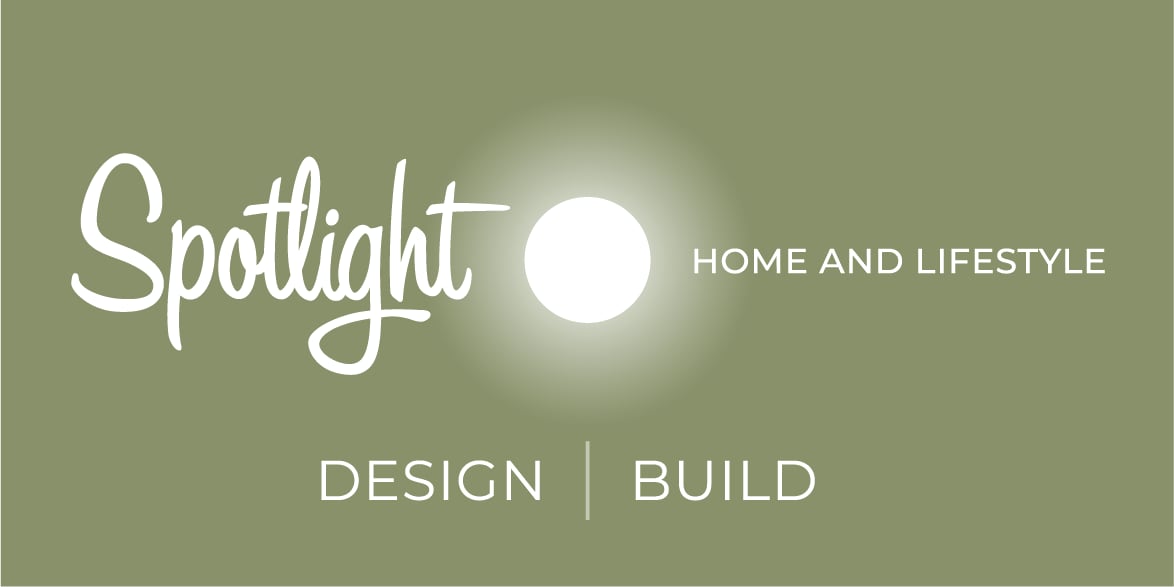
8 things to consider when planning your new home office
Planning to work from home? Here are 8 things to consider when designing your new home office
Key Takeaways
Over the past two years, more people than ever have been working from home. While some of us will be going back to an office, many will continue to work from home part time or full-time.
If you’re one of the many that will be working from home and you want to renovate your existing home or design and build a new one, now is the time to start planning. Below are eight things to consider when designing your new home office.
- Location - One of the first thing you need to consider is where your office is located in relation to the rest of your home. You’ll want to locate your office away from everyday household noice such as the kitchen, T.V. room or kids play area. One area that may be ideal is a loft above the garage, especially if it is a detached garage. Keeping your office separated from your home can be very beneficial for productivity and detaching from work at the end of the day.
- Separate Entrance - In addition to deciding the location of your office, you’ll need to determine if you would benefit from having a separate exterior entrance, especially if you have colleagues or customers that stop by. If you locate your office in a detached garage this is already taken care of for you. If your office is located in your home, you may want a separate exterior entrance directly into your office, or close by.
- Washroom - If you do have colleagues and customers that visit your home office, you’ll want to consider having a bathroom attached to your office or near by. You may not want people wandering through your home to use your facilities. In most cases all you’ll need is a toilet and sink, but depending on the overall design of your home you may want to include a bath and or shower.
- Lighting - Since many of us spend a good portion of our day in our office, you’ll want to make sure you have lighting that supports your desired environment. Consider natural light, ceiling lights, lamps and ambient or accent lighting. Think about how your office will be configured, you may not want a big bright window behind you if you work on a computer all day as it can make your screen harder to see. A big bright window in front of your desk can work well if you do a lot of video conferencing as it can act as a great front light source. You’ll also want to consider the type of light you want - do you prefer bright white or warm lighting? If you do creative work, you may want to install dimmer switches so you can change the ambiance of your office to suite your mood. There are lots of things to consider when it comes to lighting.
- Electrical - Think about how many electrical outlets you’ll need and where they should be located. Account for all the electrical devices you’ll be using now and potentially in the future - computers, monitors, speakers, video cameras, T.V’s, printers, scanners, phones, etc… While you’ll want want plenty of wall outlets, you may also want to consider outlets built-in to the floor. These can be very handy if you have a desk in the middle of your office as opposed to against a wall. Floor outlets are also a great option if you have a sitting area in your office with a side table in the middle of the room.
- Internet - One of the key components of working from home, is high-speed Internet. While you maybe used to having wireless connectivity throughout your home, consider installing ethernet cables. Having a hardwired connection can improve your connectivity speed and provide a more reliable Internet connection.
- Equipment - In addition to considering your equipment and devices for electrical purposes, you’ll also want to consider where all of your equipment will be situated. For example - if you have one printer that everyone in your home shares, you may want to create a dedicated area for the printer outside of your main work area, so you don’t get interrupted when other people use it. Think about all the equipment you use on a regular basis and how you use it. This will help you determine where your equipment is best situated
- Supplies & Storage - Depending on the type of work you do, you may have a lot of supplies you need on a day-to-day basis. Take account of all the different supplies you need such as toners for your printer, printer paper, business cards, pens, etc… You’ll want to have adequate storage space for all your supplies, or else your office can quickly become cluttered.
As you can see there is lots to consider when designing a home office. The eight items above are just a few of the many things you’ll want to account for.
If you want professional help designing and building your new home and office, contact us today for a consultation. From design to move-in day, and every step in between, you can depend on the team at Spotlight Home and Lifestyle transform your vision into reality. Schedule your consultation now.
